Assembling Sausage-Making Equipment? Rollerblade Parts? He Can Automate That. Meet Tyler Berryman

Posted on Jan 23, 2018 7:00 AM. 7 min read time
Tyler Berryman travels to factories, banters with owners and simplifies the complex in order to reassure customers how easy it is to integrate robots.
Robotiq was founded after lab-mates Samuel Bouchard, Vincent Duchaîne and Jean-Philippe Jobin decided to commercialize some of the mechatronic work they and their professor Clément Gosselin had created at Laval University in Quebec City. That was in 2008.
Today, Robotiq counts more than 70 full-time staff, with our Grippers and sensors operating in 40 different countries. For more than a year now, we’ve been telling the stories of our team members.
Tyler Berryman has among other things introduced robotics to a tiny rural manufacturing plant, shared fly-fishing stories with a factory owner, and automated a task that could only be done by human fingers. He simplifies the complex, reads a room and does not give up on a vexing problem.
The manufacturing plant in question was a metal hangar in rural Mississippi. With the sounds of cows mooing in a neighbouring pasture, Tyler saw first-hand how robotics improves productivity far from the traditional industrial hubs. “This guy had just one other employee, and he was working in the middle of nowhere,” said Tyler, who applauds the owner for integrating automation into such a small factory.
The fly-fishing talk took place during a two-day factory visit to North Carolina, one of many trips outside the office for Tyler who helps customers integrate robotics. His ability to communicate in both English and French, his easy charm and his ability to automate all manner of machine tending, make him both a problem solver and an important Robotiq ambassador. The New Brunswick native, who had for years been taking regular sojourns with his father to the Miramichi River, happened upon a topic with which he could bond with that factory owner. “Not everybody wants to talk about robots for 18 hours.”
And that vexing problem that needed human fingers? It involved an aluminum disc that needed repeated insertion into a slot to assemble a particular medical device. The disc was straight edged and the slot narrow, requiring the finesse of fingers to feel around for the opening and place the disc into the right position. A typical robot would continually bang the piece into the frame of the opening, that trajectory being too difficult to program.
He studied the problem and watched YouTube videos on similar automation problems. After a couple of days on the conundrum, he figured out that using the Force Torque Sensor, which measures resistance, and circling the area before inserting the disc, could deliver a fluid and precise movement. That solution resulted in Robotiq making the sale, not to mention Tyler again proving his tenacity for solving automation problems.
Meet Robotiq’s Tyler Berryman: Application Engineer.
Tyler grew up in Moncton, the only child of an anglophone mother and francophone father. He was schooled in French but determined to become bilingual – it helped that his house had a constant mix of the two languages.
His father, who died in 2015, worked as a train repairman at CN and his mother a crown prosecutor. They both passed on important skills. From his father it was the ability to read plans and follow steps for the projects they’d build together. When something broke, his father would take it apart and figure out the problem, a talent Tyler developed.
Tyler’s story is similar to colleague Nicolas Lauzier, recently profiled in this blog. Like Nicolas’ father, Tyler’s father had also cut short his studies – and his dreams of becoming an engineer – because his family could not afford the tuition. “Part of the reason why I decided to become an engineer was I knew he always wanted to do it, but didn’t have the money or the opportunity to continue his path down that road. So I took the side road and completed it.”
From his mother, a family lawyer, he learned how to make things clear and easily understood, especially as an engineer. “You don’t use technical terms to describe something that’s complicated.”
As a child, Tyler had an abundance of energy, so his parents signed him up for various sporting activities. Swimming really stuck and he pursued it competitively from the age of nine and into his university years.
For a long time, he thought he would become a lawyer like his mother. At 15, he accompanied her to court and sat in on a trial for theft that he thought ended with too light a sentence. “And then my mom told me law and justice are two completely different things, and that you have to be able to accept that if you want to become a lawyer.”
Tyler would choose the black and white of science over those grey areas of law. He took science classes for all his high school electives and did well. One of his science teachers would give him extra assignments because he was such a keen student.
When his mother, a breast cancer survivor, was first diagnosed, Tyler’s thoughts turned to what was going on deep inside the body to cause this and decided he should take up biochemistry in university.
He chose Laval University in Quebec City because he wanted to study in French and swim on a varsity team.
To his chagrin, biochemistry involved a lot of memorizing molecular structures and names of chemicals. “It was going against everything I liked doing in science: taking things apart at a very small level and then understanding how they work.” He dropped out after only three weeks in the program.
Without a Plan B and at a dinner one night at his then-girlfriend’s home, her father brought up engineering as a good fit. He reminded him of the interest he always had in the man’s own engineering work, and how Tyler had gotten a solid grounding from all those projects with his father who was a born engineer. After that talk, the former biochemistry major realized he did want to be an engineer.
He chose mechanical as his field of engineering because he had always been interested in the way things moved – ever since he was a kid flying Lego through the air and figuring out how to make a toy car roll down a surface with more speed. Also helping in his decision was that five of the 20 members of his swim team were also enrolled in mechanical engineering.
“ A day in the life of our little mechanical engineering group on the swim team was we’d get up early, go swim from 5:15 to 7:30 in the morning and then we’d all go to school and have breakfast together. That was every day for a few years.” He laughs, recalling that when his other friends were walking home from the bars at 3 a.m., he was getting up two hours later to train.
It was at this point that he got a taste for robotics. His modelization class, which worked on problems in 3-D, brought in an early version of Robotiq’s Gripper, from when it was developed at Laval. He enjoyed the simplicity of the machine. “Everything else we’d been doing at university was really complicated. Most of our time would be spent getting things hooked up and calibrated. I grabbed the Xbox controller, pressed a few buttons and I could use the Gripper.” By the end of his bachelor’s degree, his electives were mostly automation and robotics.
Some videos from those robotics classes went family-viral, thanks to his father, who was fascinated by the work and proudly posted and emailed the work his son was doing.
Meanwhile, his swimming career took him to the university nationals each year and, most notably, the Olympic trials and the World Cup. He finished swimming competitively when he graduated, knowing that a full-time job would not have made room for such a gruelling schedule.
That gruelling schedule affected his grade-point average, but he would use that to his advantage when meeting with prospective employers. “Every job interview that I had, I’d always say I don’t have the greatest GPA. I was swimming 20 hours a week and I was in the pool about 10 times a week.” He would usually get the job, his bosses appreciating his dedication and time management skills.
After interning for four months at an Ottawa aerospace firm, Tyler learned that he despises paperwork. “For these engineers, a lot of their time was spent reading standards documents instead of actually doing the engineering work. I already spent four years of my life studying all these things about mechanical engineering. Now I have to read paperwork all day!”
His work at Robotiq satisfies his preference for more hands-on tasks. When he was initially hired last year, he was tasked with sales work and proofs of concept, which means finding automation solutions for clients. He now primarily does proofs of concept. Customers send him videos of how a task is done manually and he’ll figure things out and send back a video of a robot of doing that same task. “It reassures them that moving toward automation robotics is easier than they thought.”
That job has led to some of the strangest packages at Robotiq being addressed to Tyler. From sausage equipment to rollerblade parts, Tyler will work on integrating the items into a new automated process. “That whole ability to simplify complex things seemed a natural fit for me.”
And it’s not just videos. For many projects, Tyler will travel to be on site at the factory, like he did when he was talking fly-fishing with the North Carolina factory owner or standing in that hangar in rural Mississippi. From January to October of this year, he spent roughly 100 days outside the Quebec City office, most of those trips giving him two days to understand the technology and build up a trust.
Ironically, all that travelling has landed the 26 year-old in a place where he feels nicely settled, as he solves puzzles in the integration of robotics and chats up customers around the globe.


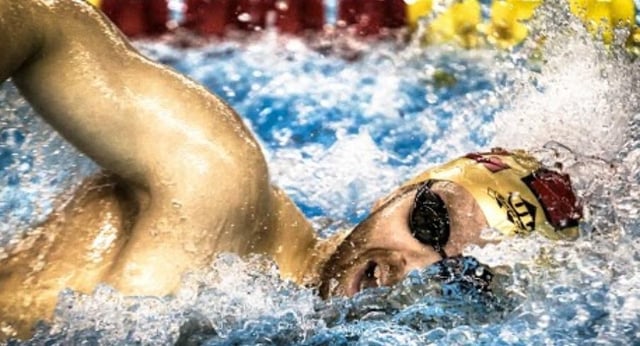
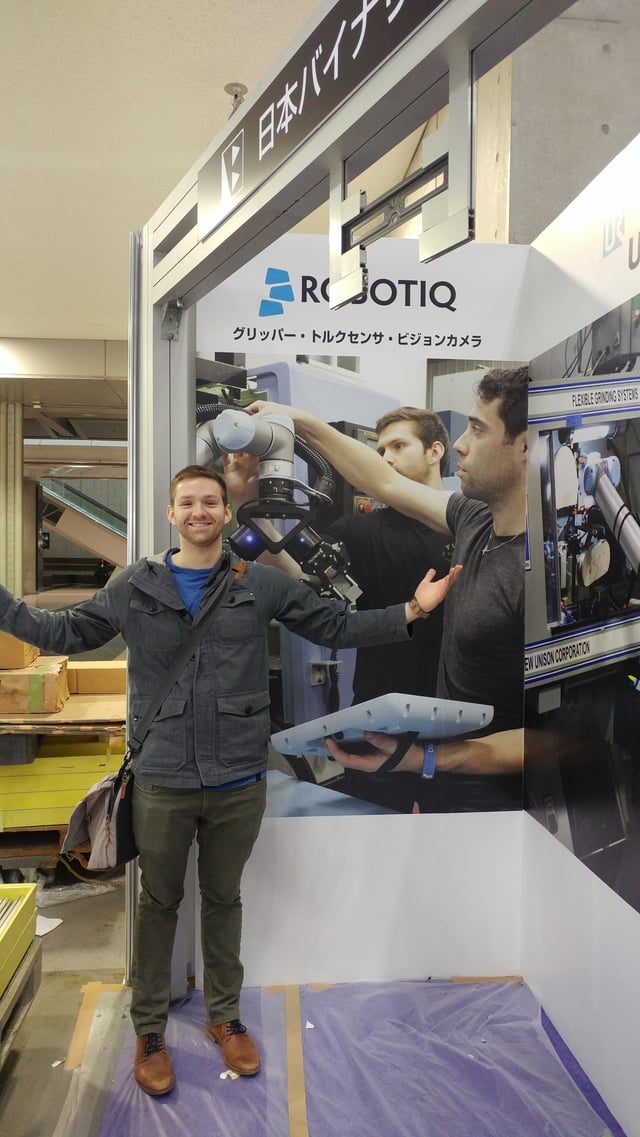

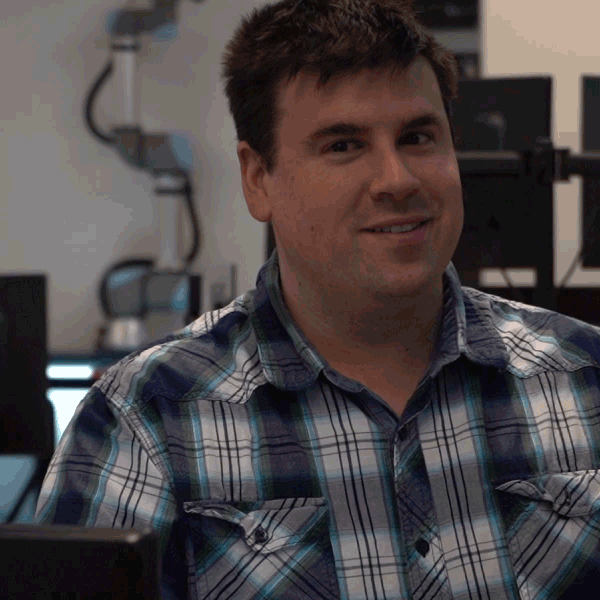

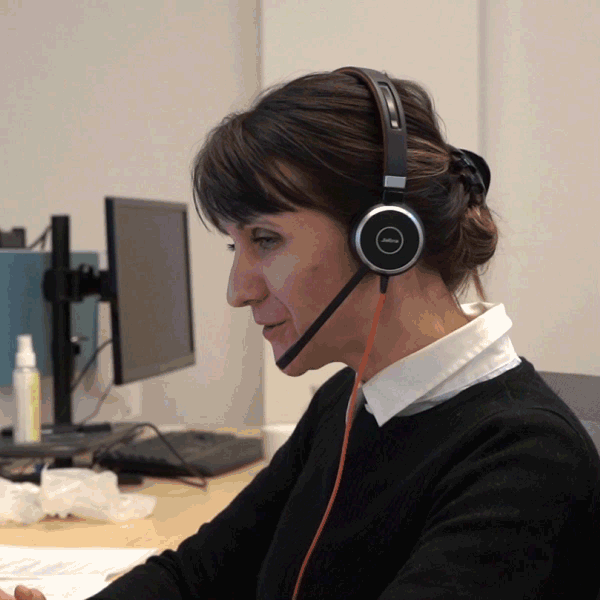
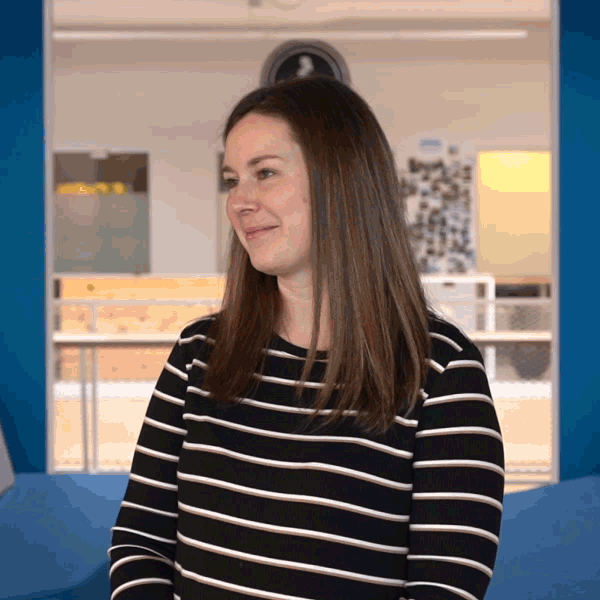

Leave a comment